Norwegian B737 suffers runway overrun in Molde, close call with sea edge: video
Aerotime
DECEMBER 20, 2024
According to the Aviation Herald, the top of descent and initial approach phases were uneventful and routine with the aircraft beginning its descent into Molde at 18:39. Flightradar24 The flight climbed normally to 32,000ft (9,756m) and followed a north-westerly track direct to Molde.


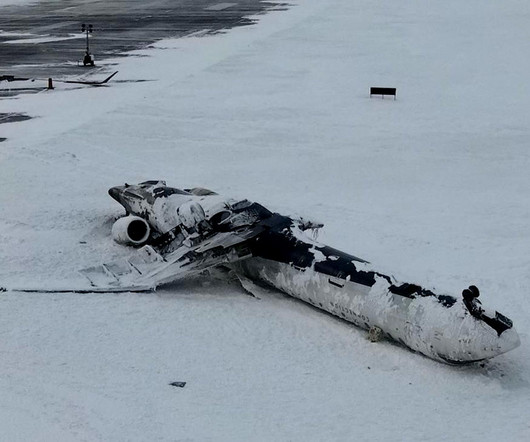

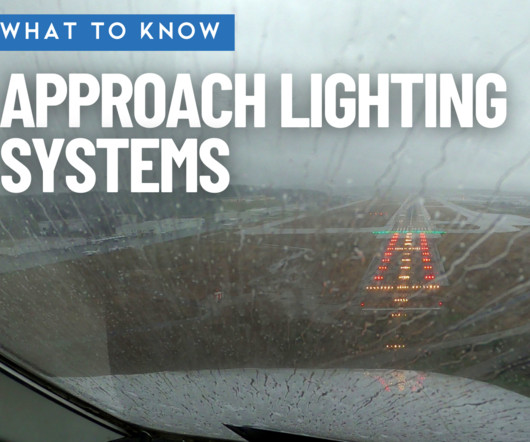








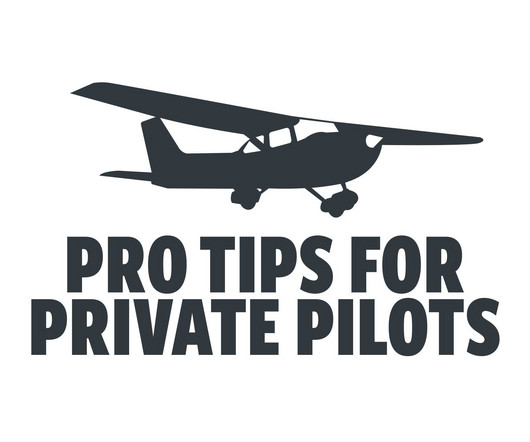


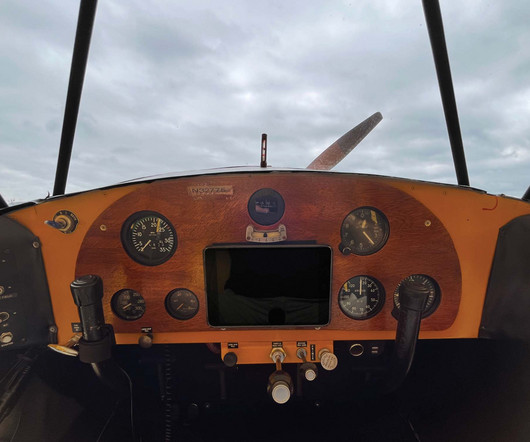



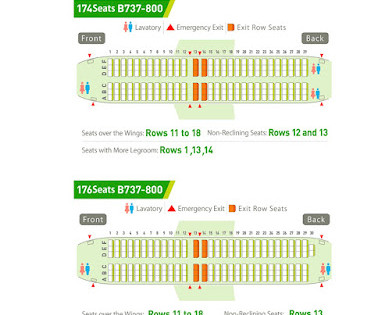




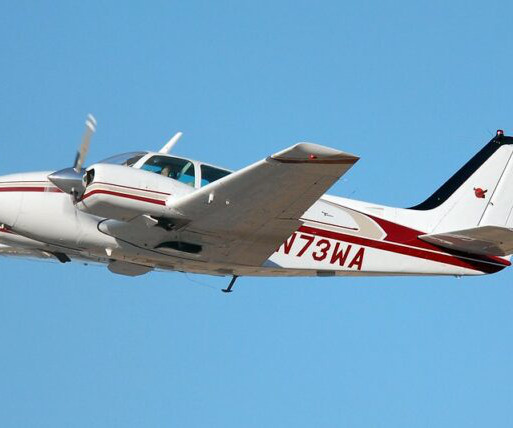







Let's personalize your content